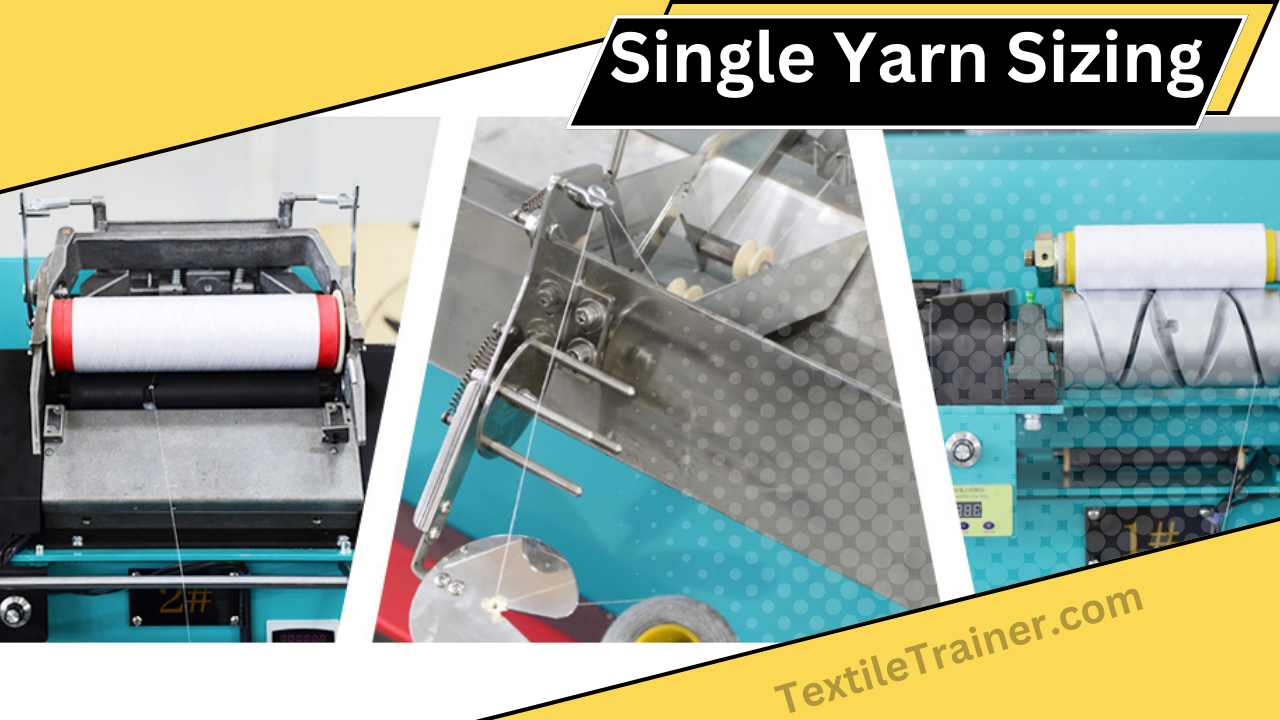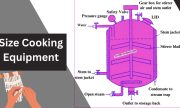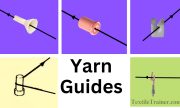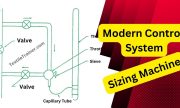The aim of this article is described the concept or techniques of single yarn sizing process. In the process of sizing, one of the inherent problems is that neighboring warp threads stick together due to the wet condition of the size paste. When a warp sheet is dried, neighboring threads stick more rigidly. This would result in issues during splitting, such as some of the size shedding or coming off, as well as yarn fibers being lost, which would be undesirable. With closely set warp sheets, where thread density is greater per cent, the problem is even more acute. Wet splitting offers only partial relief even when coupled with dry splitting. The concept of single end sizing, however, looks promising in this regard. Dry splitting cannot eliminate this problem, particularly when dealing with denser warp sheets.
Purpose of Single Yarn Sizing:
The purpose of single end sizing is to reduce yarn damage during dry splitting. During single end sizing, yarns are sized and dried without touching each other until a point is reached at which the yarns cannot stick together and this is achieved by maintaining the ends well apart from one another. Using this method, size films do not split.
Different Systems of Single Yarn Sizing:
There are a number of methods that are used to size single yarns, of which a few of them are described in this article in an attempt to simplify the process.
System-1:
In this system, the warp sheet is split into two parts after passing through the size paste and squeeze rolls, where each set is passed over a guide roller. During the pre-drying phase, the divided warp sheets are passed over a hot cylinder individually before being combined into a single sheet to complete drying.
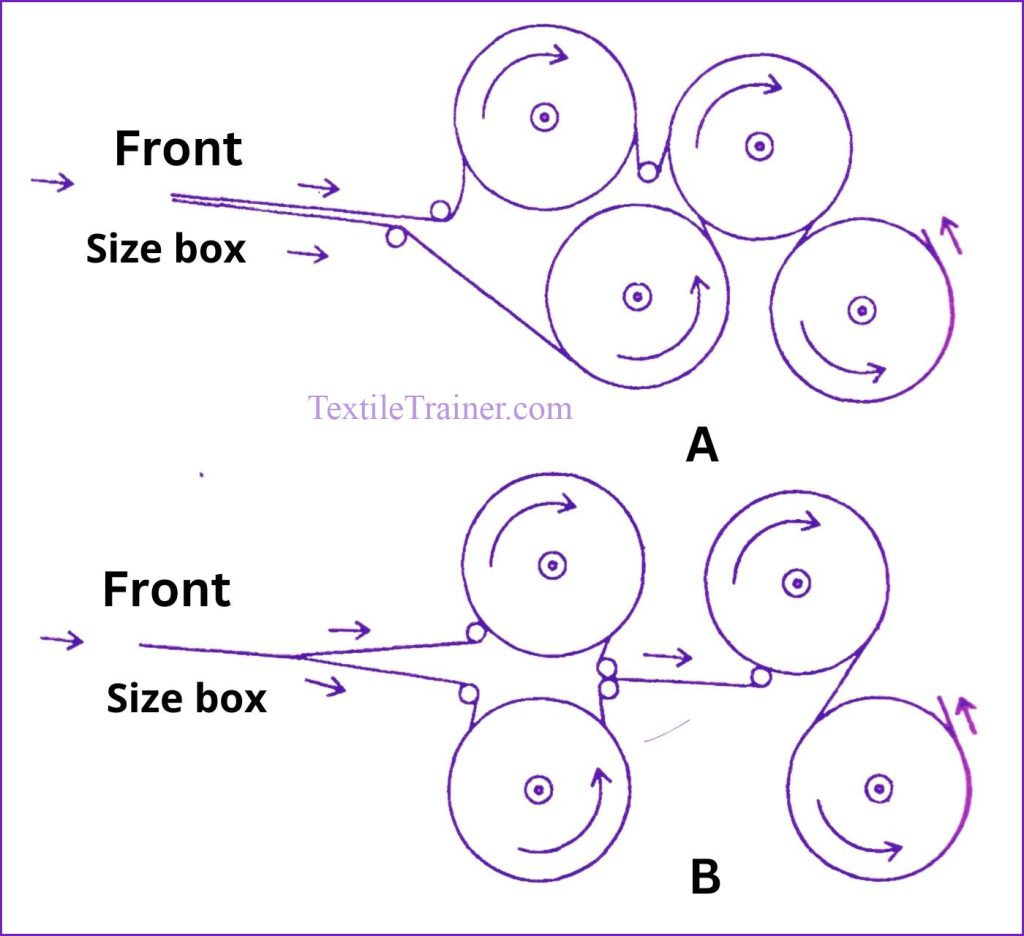
One method of the system is shown in figure (A) and is suitable for existing equipment only. Care must be taken to ensure equal tension between the two separated sheets during their separate passages. A second method, shown in figure (B), requires two additional cylinders at the beginning. This method has the advantage that both parts share the same length of passage.
System-2:
In this system, the warp sheet is divided into two sets after passing through the squeeze rolls. As each set is passed over the drying cylinders corresponding to the corresponding drying cylinder set, the sheet is then combined as a single sheet for actual drying. Compared to the previous system, this one is a little better at pre-drying since it is a little more complete.
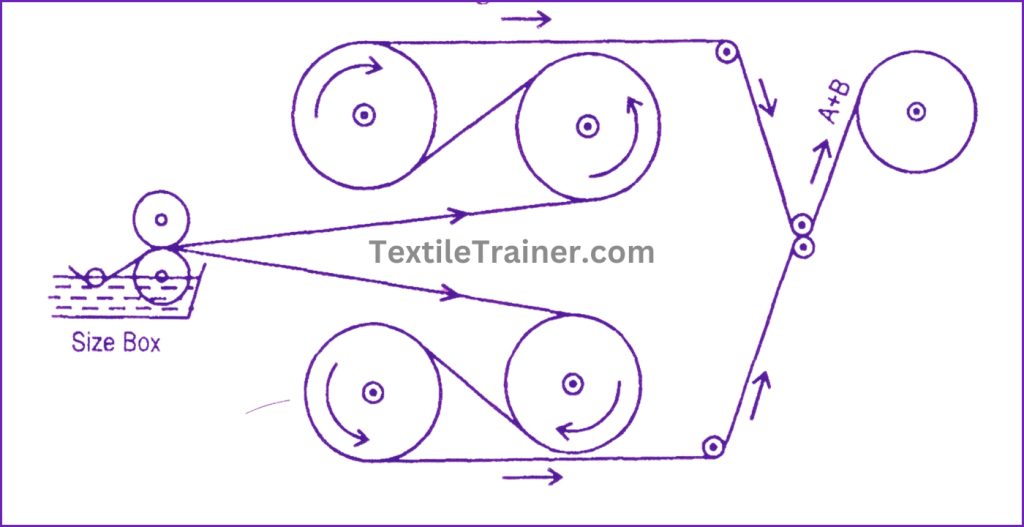
System-3:
This system is particularly suited to twist-less filament yarns. The warp yarns emerge from the squeezing rollers are divided into a number of layers according to the number of warper’s beams in the creel. Pre-drying of the split sheets of warp is done by using hot air or infrared radiations in a chamber. Upon leaving the pre-drying chamber, the warp layers are combined. To complete the drying process, they are passed over a series of cylinders. This system has the disadvantage of being expensive to operate due to the use of infrared radiation, and high temperatures are required to pre-dry the materials adequately even with hot air.
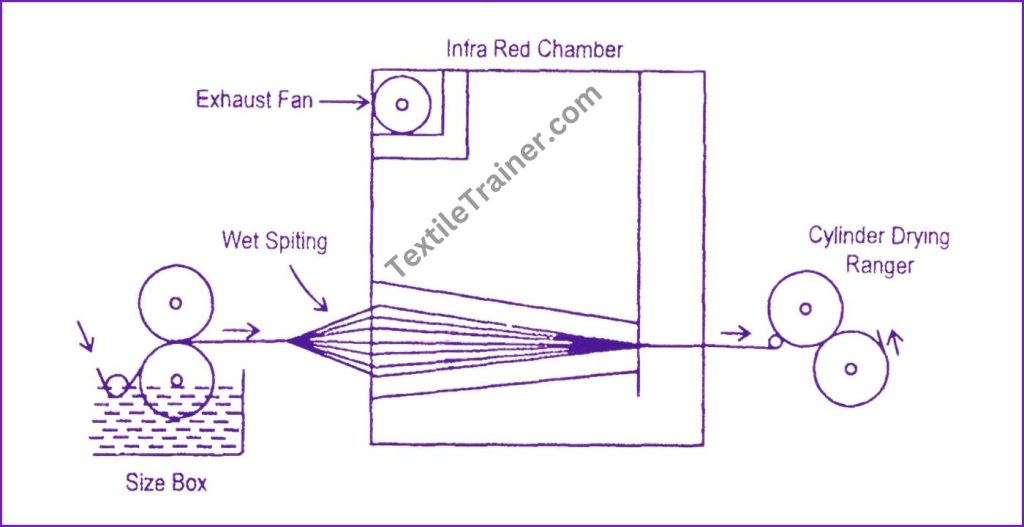
System-4:
As shown in figure, this system is ideal for sizing warp sheets of very high density (more threads per cm). It requires two size boxes. The warp is split into two sheets from the creel. One set of the warp sheets passes through the first size box and drying cylinders. The other set passes under the first size box and drying cylinders and enters the second size box and drying cylinder range. The first set of warp sheets emerging from its drying cylinders passes above the second size box and its respective drying cylinders. As a result, a series of vertical drying cylinders are passed over by the two sets of warp sheets combined together. This system has the advantage that split warp sheets that pass over respective size boxes get a more effective impregnation of size. The disadvantage is that it consumes a large amount of floor space. However, it can also be used for other methods of sizing.

You May Read:
- Definitions of sizing, objectives and impact on warp yarn.
- Why sizing is called heart of weaving.
- Primary and Secondary Size Ingredients.
- Characteristics of Good Size Ingredients.
- Types and Techniques of sizing.
- Working Principle of Slasher Sizing Machine.
- Size Cooking Equipment.
- Drying Methods in Sizing Process.
- Modern Control System of Sizing Machine.
- Size Recipe for Synthetic Yarn
Reference:
- Adanur, S. (2001). Handbook of weaving. Boca Raton: CRC press.
- banerjee, N. (2000). Weaving Mechanism. West Bengal: Smt. Tandra Banerjee and Sri Apurba Banerjee.
- Gokarneshan, D. N. (2009). Weaving Preparation Technology. Delhi: Abhishek Publicaions.
- Rahman, M. M. (2008). Fabric Manufacturing Technology. Dhaka: Books Fair Publications.
